The presentation of Jesus to the temple is celebrated on February 2. Also known as the Feast of the Purification of Mary, or Candlemas, it is a holiday that has taken on many different and important meanings over the centuries. Let’s find out which ones.
The feast of the Presentation of Jesus at the Temple has been important since its inception in the fourth century AD. In fact, it represents a very significant junction between the history of Jesus and Christianity and Jewish culture. The Old Testament imposed very strict rules and established precise ceremonies that followed the birth of a child in a family, especially if it was a male child. The woman who had given birth was considered unclean (Lev 12) and had to undergo a series of purification rites before she could touch sacred things again and enter the sanctuary. In addition, every firstborn male child was to be consecrated to the Lord and redeemed through a symbolic offering as a sign of gratitude for the deliverance of the Jewish people from slavery in Egypt (Exodus 13:2 and Exodus 13:11-16).

Thus, in Luke’s Gospel (Luke 2:22-40) we read the episode of Jesus’ presentation in the Temple, which occurred forty days after His birth. Joseph and Mary lead the infant Jesus to the Temple in Jerusalem. Here they run into old Simeon, who was foretold that he would not die before seeing the Messiah, and who taking Jesus in his arms blesses him with these words, “Now let your servant go in peace, O Lord, according to your word; for my eyes have seen your salvation, prepared by you before all peoples, a light to enlighten the nations and the glory of your people Israel.”
Later the Holy Family meets the prophetess Anna, and she too recognizes Jesus as the Messiah.

Holy family picture: a symbol to keep at home
The Holy Family, the ideal model of every family nucleus, the incarnation of love, mercy, humility…
This episode serves to confirm what was prophesied by Malachi, the last prophet of the Old Testament, that the recognition of the Messiah would take place in the Temple: “Behold, I will send my messenger to prepare the way before me, and straightway the Lord, whom you seek, shall enter into his temple; the angel of the covenant, whom you sigh for, behold, he comes, says the Lord of hosts.” (Malachi 3:1)
Feast of Candlemas
We had already devoted an article to Candlemas, which coincides with the feast of Jesus’ presentation in the Temple. It is a feast that celebrates the triumph of light over darkness, but also the symbolic end of the Christmas festivities and the beginning of the Easter journey.

La Candlemas: history and curiosities
La Candlemas, the story of a party with great suggestions that has its roots in pre-Christian rites linked to the triumph of light…
On this day candles and tapers are blessed, symbolizing Jesus as the light of the world, a light to enlighten people. Blessed candles and tapers are then distributed to the faithful as protection from evil and calamity.

Like many Christian holidays, it is likely that Candlemas draws its origins from paganism. Indeed, there are many festivals celebrated by ancient civilizations to celebrate the transition from darkness to light, symbolized by the end of winter and the beginning of spring. In mid-February the Romans celebrated the Lupercali, characterized by the lighting of many lamps and candles, but also by purification rites. The Celts for their part dropped the feast of Imbolc, the “Day of St. Brigid,” on February 1, celebrating the culmination of winter and in certain areas the beginning of spring.
Purification of Mary
The feast of Candlemas has long been a Marian holiday. In ancient times it was celebrated on February 14 and commemorated Mary’s purification after childbirth, performed according to the times and customs dear to Jewish culture and religion.

Today the focus has shifted from the Mother to the Son, and February 2 has become the occasion to celebrate the Presentation of Jesus at the Temple. This happened as a result of the liturgical reform decreed by the Second Vatican Council. However, the tradition of women’s purification on this occasion remains alive in many countries, especially in rural areas. Until recently in Valnerina, Marche, every woman who gave birth had to go to church 40 days after giving birth to be purified by the priest. The woman had to kneel at the threshold with a lit candle, the priest would bless her there, and then they would enter together, walking toward the altar while she held on to the white stole he wore.

Proverbs about Candlemas
Also in the rural and popular setting are the many proverbs and sayings related to the feast of Candlemas. In the past it was the day when old people in villages tried to guess what the weather would be like between now and the arrival of spring. Many proverbs are linked precisely to this ‘meteorological’ dimension, such as the famous Veneto saying, “Se ce sole a candelora del inverno semo fòra, se rain e tira vento del inverno semo dentro,” of which there are similar versions in Lombardy and Trieste. Basically, in these areas it is believed that if it is sunny on Candlemas day, winter is almost over, while if it rains or pulls the wind it will last for a while longer.
In contrast, in Tuscany and Emilia it is believed to be exactly the opposite: if it snows or hails by Candlemas, winter cannot last much longer. “Se piove o se gragnola dell’inverno semo fora” is the saying in Tuscany, while in Bologna, “Al dé dl’Inzariôla, o ch’al naiva o ch’al piôva dal invêren a sän fòra, mo s’ai é al suladèl a in arän anc pr un msarèl (On Candlemas Day, whether it snows or rains, from winter we are out, but if it’s sunny we’ll have winter for about another month).

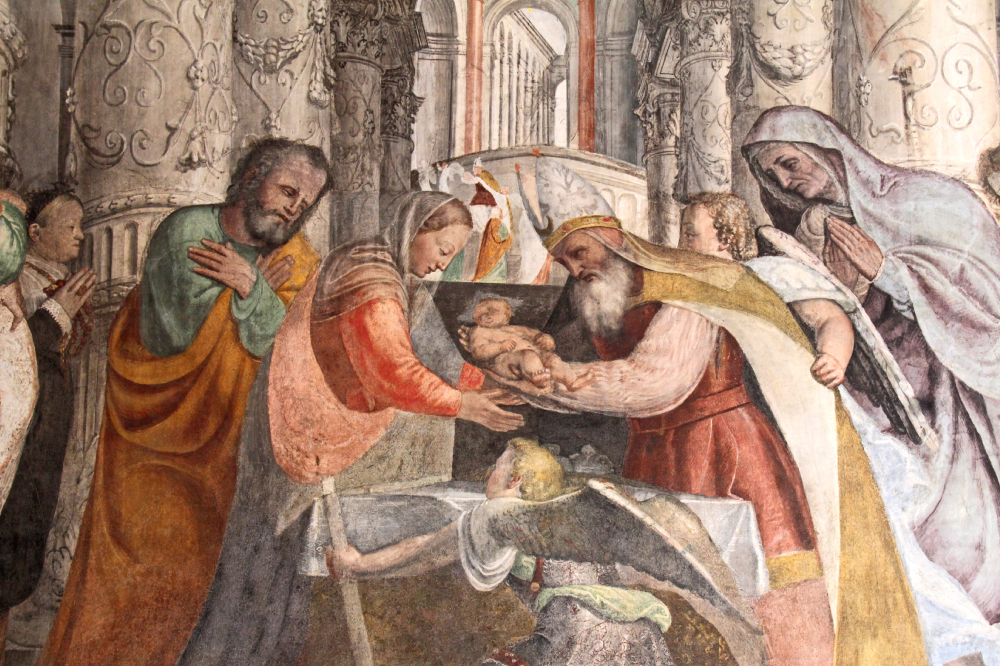
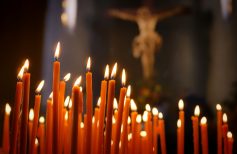

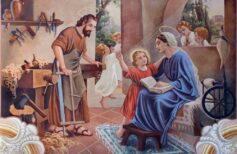


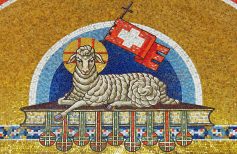
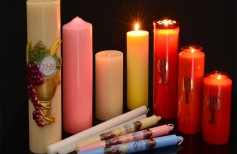
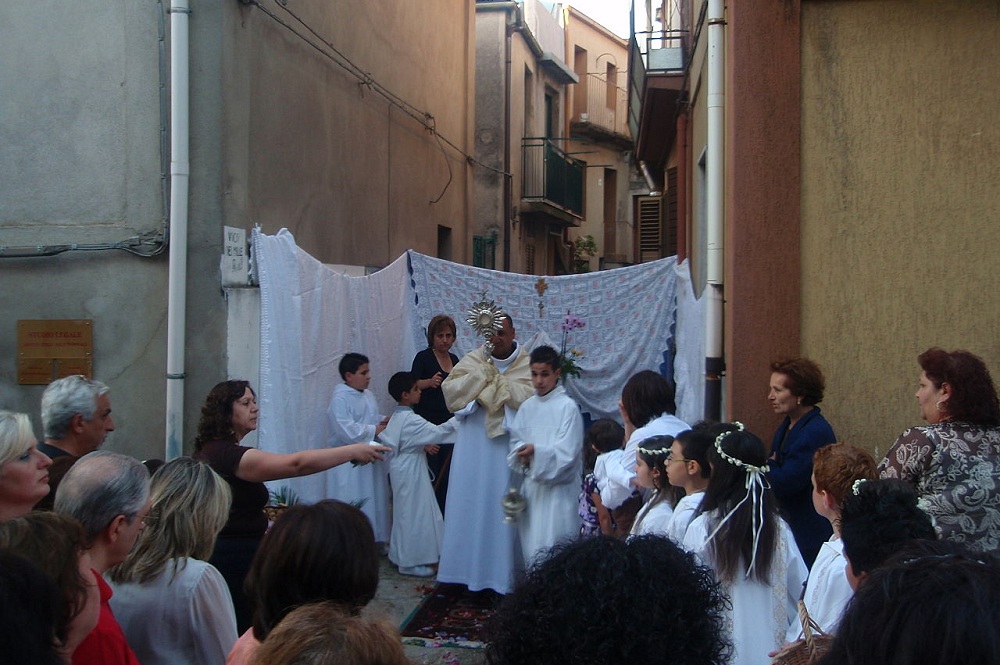
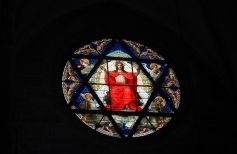








 19 March 2025
19 March 2025






